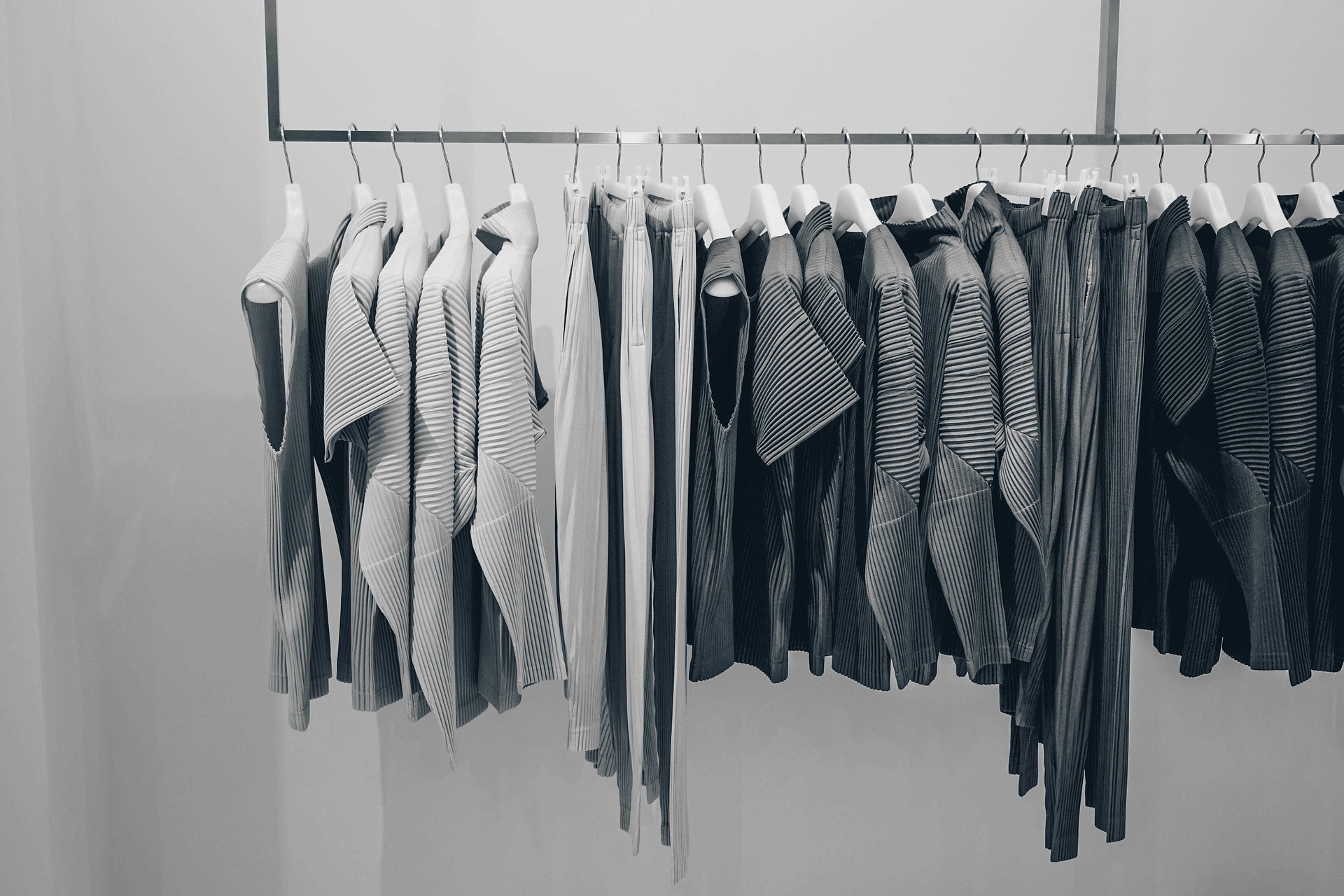Unraveling the Mystique of Minimalism: A Deeper Dive into Less-is-More Fashion
The world of fashion is as diverse as it is fast-paced, with trends constantly emerging and fading. One enduring trend that has captured the hearts of many, however, is minimalism. Simplistic yet stylish, minimalist fashion has proven to be more than just a fleeting trend. It has evolved into a lifestyle choice for those who appreciate the beauty of simplicity and the elegance of restraint.
Historical Background of Minimalist Fashion
Minimalism initially found its footing in the art world during the late 1950s and early 1960s, where artists sought to pare down their work to the essentials, stripping away superfluous details and intricate designs. This ideology soon permeated the fashion industry, with fashion designers like Calvin Klein and Jil Sander leading the charge in the late 20th century. Their collections, characterized by clean lines, solid colors, and a lack of excess, resonated deeply with a new generation of consumers who sought simplicity and sophistication.
Modern Minimalism: A Shift in Consumer Behavior
Today, the minimalist fashion movement continues to evolve, championed by brands like COS and Everlane that prioritize quality over quantity. These brands have tapped into a growing consumer trend towards intentional buying—choosing timeless, high-quality pieces over disposable, fast-fashion items. This shift in consumer behavior reflects a changing societal mindset, where conscious consumption and sustainability are becoming increasingly important.
The Appeal and Influence of Minimalist Fashion
Minimalist fashion’s appeal lies in its simplicity and versatility. The emphasis is on well-crafted pieces that can be mixed and matched, creating a capsule wardrobe of essentials that can be worn in a myriad of ways. This fashion style is not just about aesthetic; it’s also a reflection of an individual’s values, promoting conscious consumption and intentional living.
Practical Insights into Adopting Minimalist Fashion
-
Start by decluttering your wardrobe, removing items that you no longer wear or need.
-
Invest in high-quality basics in neutral colors like black, white, and gray that can form the foundation of your minimalist wardrobe.
-
Prioritize fit and quality over quantity. A well-fitting, high-quality piece will always look more stylish than an ill-fitting, cheaply made item.
-
Experiment with different fabrics and textures to add depth to your outfits.
-
Remember, minimalism is not about having less; it’s about making room for more of what matters.
In conclusion, minimalist fashion offers a refreshing departure from the noise and excess often associated with the fashion industry. It’s a testament to the power of less, proving that style doesn’t have to be complicated or extravagant. Instead, it can be simple, intentional, and deeply personal. As we continue to navigate an increasingly complex world, perhaps the allure of simplicity and the elegance of restraint will continue to draw more individuals towards the minimalism movement.





